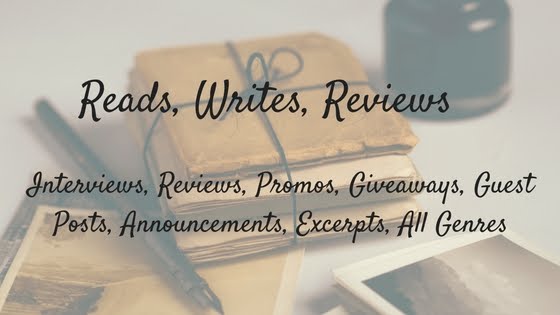 |
| James VI & I |
The Stuart dynasty began with Robert II in 1371 and although we grow up with children’s stories that give us a picture of kings, queens and fairy tale princesses in medieval Scotland, the reality was far from being a fairy tale. Many died ‘mysteriously’ and many died simply trying to protect themselves and their family.
Despite this, the Stuarts endured through the centuries. They survived wars, crusades, bouts of the plague, smallpox, a great fire, murder and ill health. But when looking back over the last four generations of Stuart kings, each one seems to have been precarious. After Elizabeth I’s death, it was Mary Queen of Scots’ son James who would become James I of England in 1603 when he was 36 years old. His weak legs remain unexplained, as do episodes of jaundice, and a shrunken kidney at his post mortem explains the evidence of blood and tiny stones in his urine. From 1616 he was disabled from arthritis, and began showing a dementia six years before he died. The possibility that his thyroid glands were not functioning properly has been a recent speculation.
The story of James I’s children does not make for easy reading. First there was Henry, Prince of Wales who was intellectually remarkable but died of typhoid in 1612 at 18-years-old. Four of James’ children had died before they reached the age of 2 and his granddaughter-in-law, Catherine of Braganza, failed to produce a child despite the many illegitimate children that her husband Charles II was able to father out of wedlock. It would be James’ daughter Elizabeth who would marry the Protestant Prince Elector of Hanover and of her two children, one would die of pleurisy while the only surviving daughter Sophia would live to give birth to the future King George I of England. Perhaps it was fate, not just ill health, that severed the line from future generations, given that the decapitation of Charles I was not truly a surgical procedure.
 |
| Charles I & Henrietta Maria |
With each generation, it wasn’t just producing an heir that was a problem. It was keeping the heirs alive as well. James I lost 5 children, as did his sons Charles I and James II. And then we know of the miscarriages Catherine suffered and the horrors that Anne endured after losing 17 children during years of her own ill health.
No one can agree why Queen Anne’s health had been so bad for so long. She was, after all, only 49 years old when she died. Sure she was overweight, which everyone knew caused difficulty during births. But lots of overweight women had children. Hughes syndrome, an autoimmune disease affecting the blood, has been suggested, even porphyria, which can potentially cause recurrent miscarriages and is also associated with other complications such as premature birth and stillbirth. And don’t forget that James I more than likely suffered from porphyria and passed it on to future generations.
So with Anne, the last of the Stuart dynasty died. Never again would there be a Stuart sitting on the throne of England. The volatile Hanoverians had arrived on English soil and life would be very different from the one that Parliament had imagined. They would find that compared to the Tudors and the Stuarts, the Hanoverians would be something of a hard sell with England. The German kings seemed cold and remote and if you asked anyone to disclose their private opinion, they would have said they were barbarians.
Although Hanoverian Britain was the hub of slave trade and exploration, this era is barely etched in our minds. Of course, there are exceptions. Hollywood has immortalised The Madness of King George but let’s not forget this was also Jane Austen’s era as well as the British Museum, the greatest architect Christopher Wren, Sir Isaac Newton, the cure for smallpox and the foundation of the press. It was an era for poets, painters, geniuses in Science, the arrival of tea and coffee, exotic fruit, fine wines, Indian silks and Chinese porcelain. Still, it is in danger of disappearing beyond our mental horizon even though it lasted longer than either the Tudor or the Stuart age.
It was an age when people experienced everything from passionate repulsion of some monarchs and delighted ardour for others. There were violent wars abroad and riots at home, expanding trade in the Far East and thankfully, the disappearance of the plague In Britain. London virtually glowed with increased capital and the middle class began to enjoy polished living standards.
During the early days of George I’s reign, a Jacobite uprising threatened his throne and although the Hanoverians were very unpopular, England supported their new German king.
 |
| George II |
If you disregarded the Catholic Stuarts in France, the Hanoverians were all England had left.
Find more about Trisha Hughes on her Amazon Page
Her new book Virgin to Victoria is available now.










